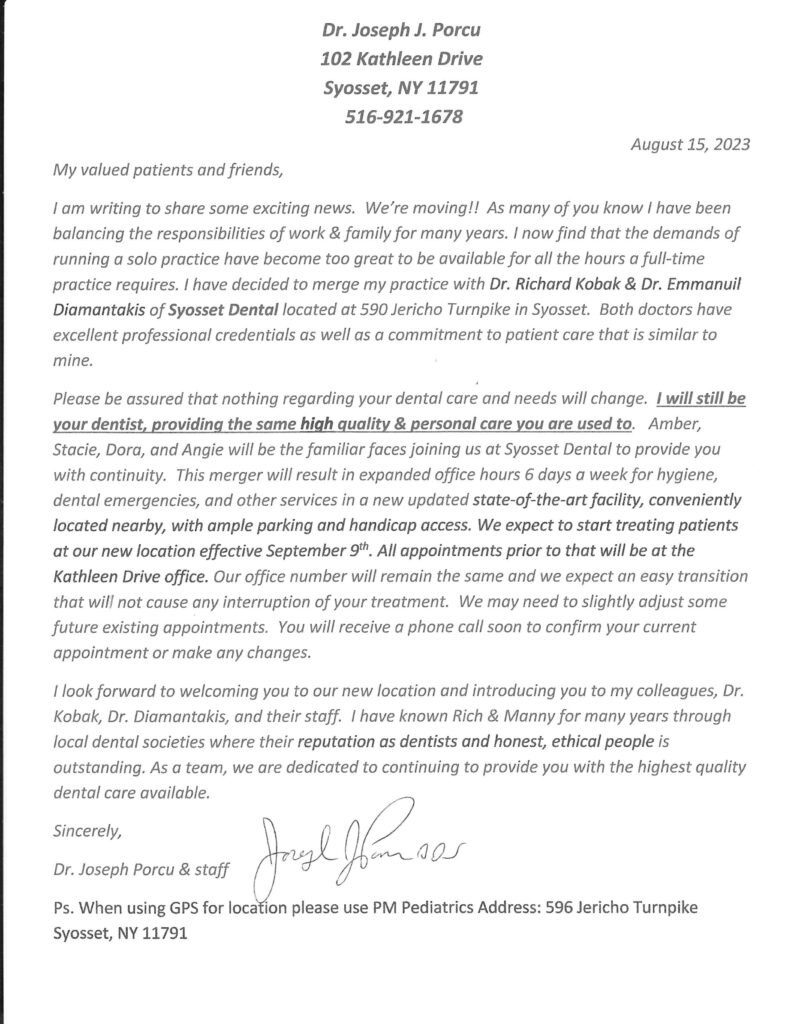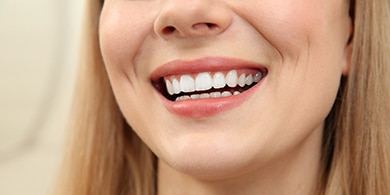 When a tooth is cracked, fractured, or afflicted with an especially large cavity, a dental crown is often needed to protect the tooth and restore its ability to function properly. Sometimes, however, a dental crown may be more than your tooth’s damage calls for. Since placing a dental crown requires that your dentist modify the tooth to accommodate it, Dr. Kobak may recommend a dental inlay or onlay (also known as partial crowns), which require fewer alterations to your tooth.
When a tooth is cracked, fractured, or afflicted with an especially large cavity, a dental crown is often needed to protect the tooth and restore its ability to function properly. Sometimes, however, a dental crown may be more than your tooth’s damage calls for. Since placing a dental crown requires that your dentist modify the tooth to accommodate it, Dr. Kobak may recommend a dental inlay or onlay (also known as partial crowns), which require fewer alterations to your tooth.
The Benefits of Partial Dental Crowns
Inlays and onlays offer protection equal to that of a crown while helping you preserve a maximum amount of healthy tooth structure. Unlike full dental crowns, which cover the entire top portion of your tooth up to the gum line, partial crowns are design to bolster the healthy tooth structure that is still undamaged by focusing only on the afflicted area of your tooth. Inlays and onlays are also crafted from durable, lifelike materials, such as porcelain, to retain and improve your tooth’s natural, beautiful appearance.
The Difference Between Inlays and Onlays
Choosing between an inlay and onlay depends on the exact nature of your tooth damage. Inlays are designed to fit between (or inside) the crevices between the raised cups of molar’s chewing surface. Onlays can cover the same area, but may also extend over the top and side of the tooth for greater protection. After a thorough examination, your dentist will help you choose the restoration that best fits your unique needs and preferences.











